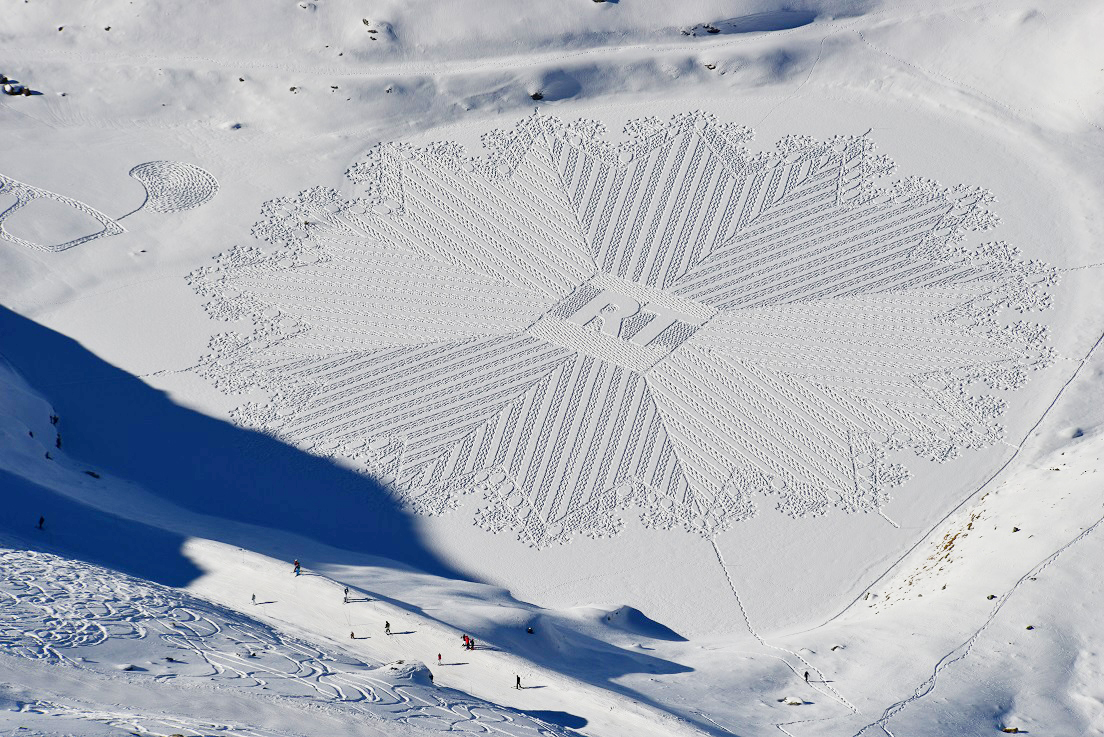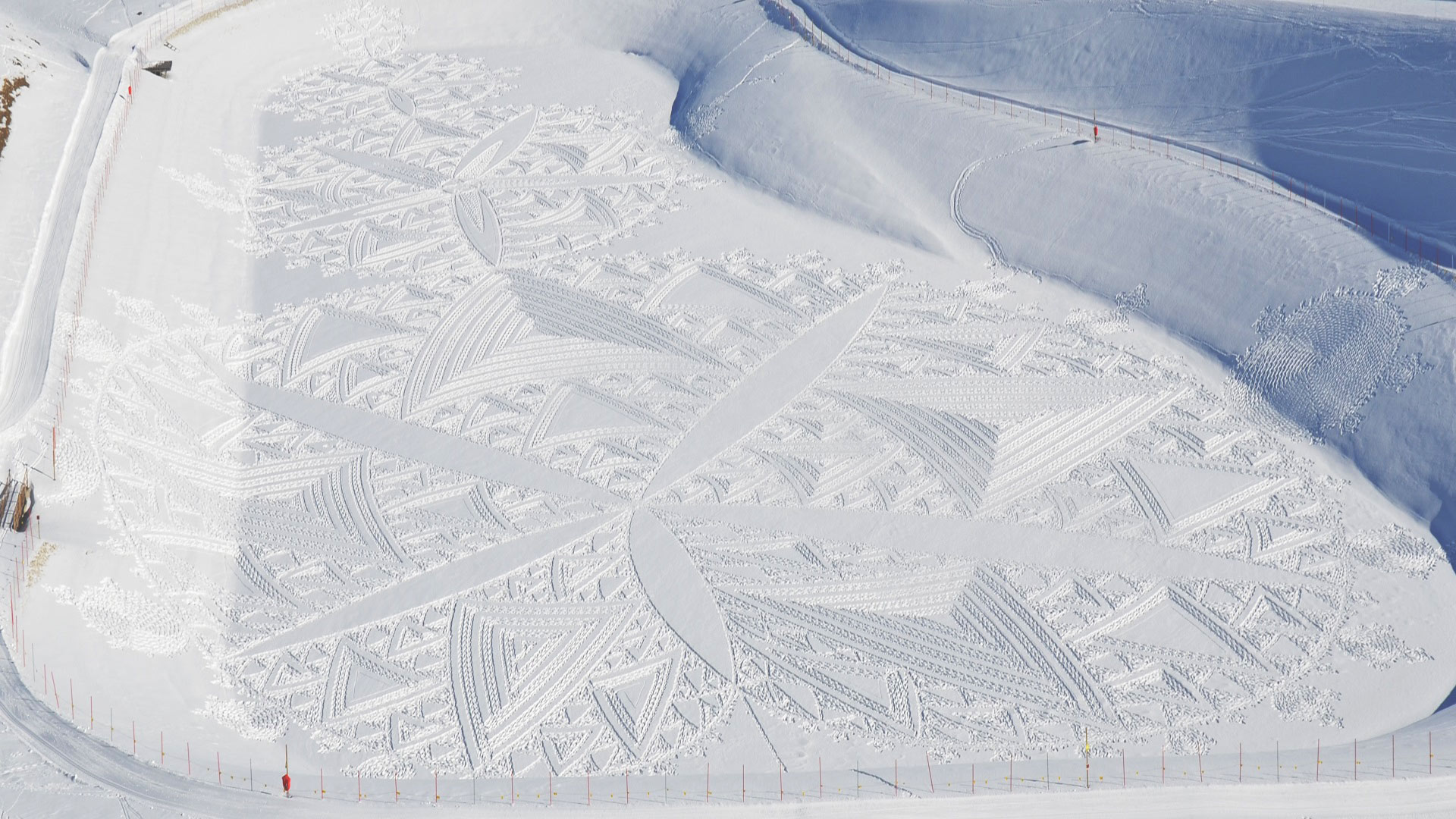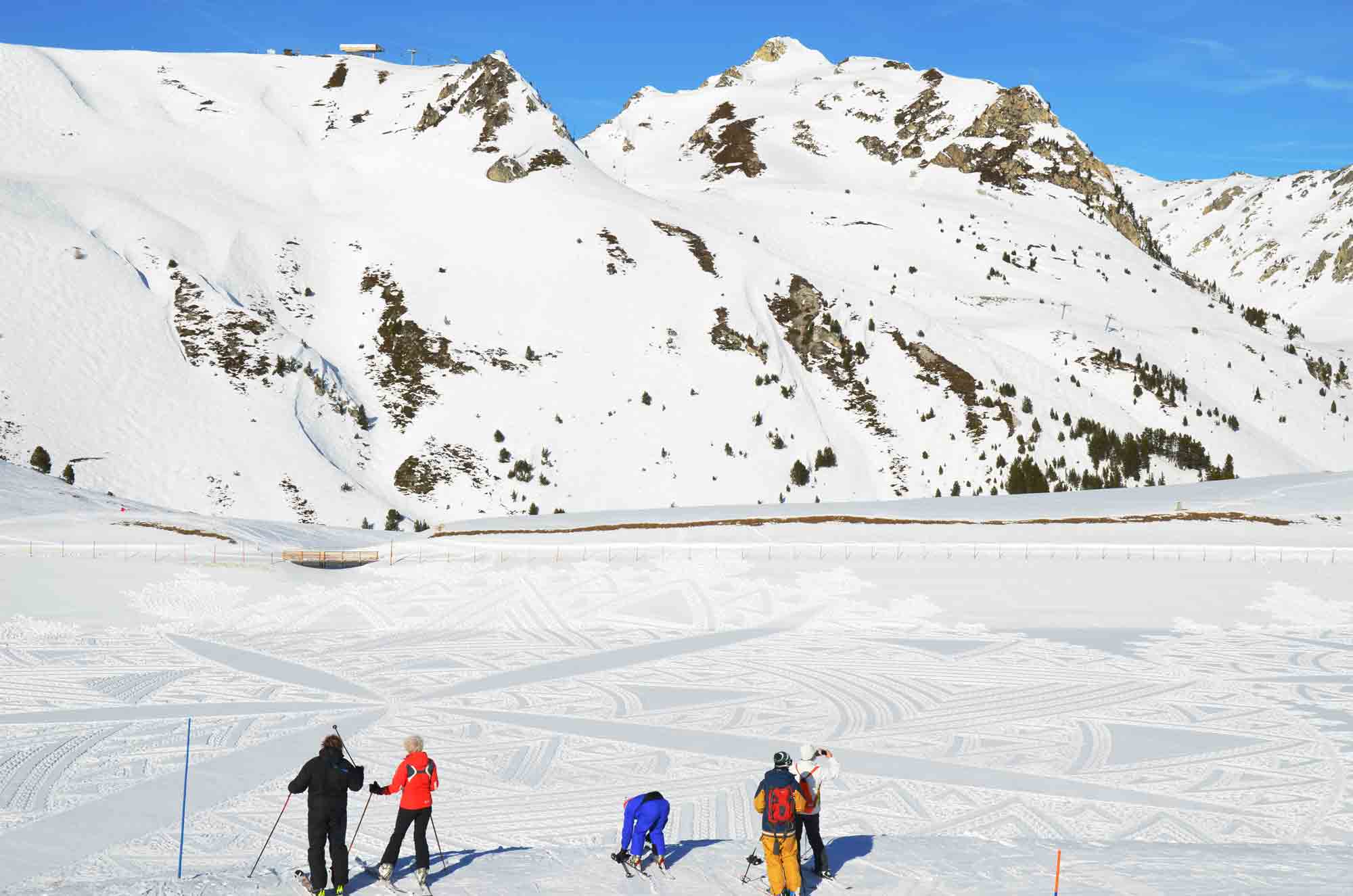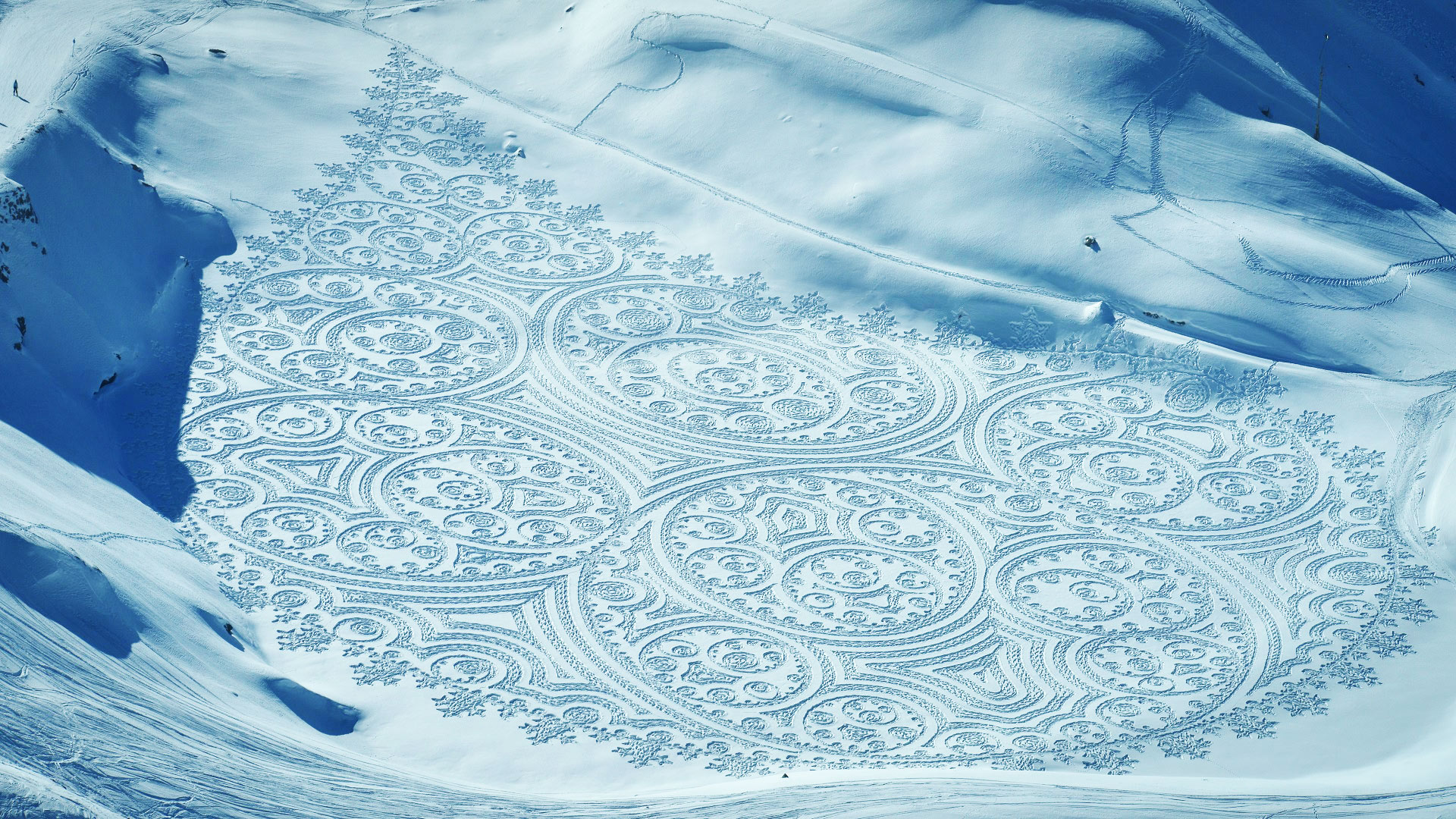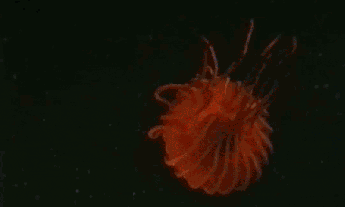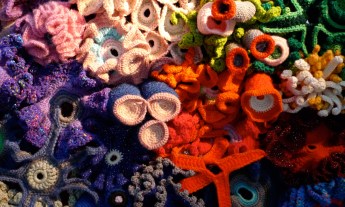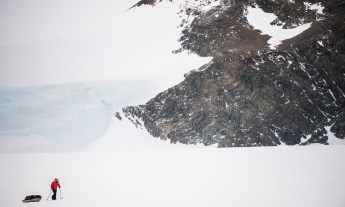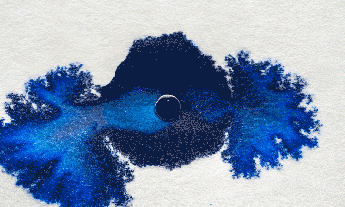How does snow artist Simon Beck trace massive, intricate patterns in the snow? With a little math and a lot of legwork.
Simon Beck (TEDxKlagenfurt Talk: Snow art) believes that anyone can make a “snow drawing.” Just tread a simple shape into the snow, again and again, until a spectacular pattern emerges. The geometry, he says, is the easy part. He has taught novices to trace out a Koch snowflake, an elaborate lacework of triangles, in as little as 10 minutes. But it takes a rare talent to stamp out the pattern for hours on end. One false turn can spoil a day’s work. “It takes quite a lot of concentration and care not to make a mistake at some point,” he says, “which of course cannot be undone.” We asked Beck to walk through some of his fanciest footwork to date.
A straightforward challenge
“It was actually quite easy,” Beck says of this roughly 150-meter star he stamped across Lac Marlou, a frozen lake outside a ski resort in the French Alps. He created the work for Russian news channel RT, beginning with the station’s insignia in the central square. From there, he created the radiating points of the star and walked straight lines across the arms. A straight line is a deceptively simple challenge. Beck fixes his gaze on a distant marker and walks toward it. “It might just be a little bump in the snow, an ice crystal shining in the sunlight,” he says. If his attention wanders even for a moment, he risks shifting his gaze to the wrong marker and straying off course.
The perfect turn
Beck revisited Lac Marlou (one of his favorite canvases) to create this elaborate burst of triangles. To connect the legs of the triangles, he has to execute a perfect turn at each point, usually with the aid of a compass. Still, he’s grown adept at feeling out the more common angles. “I can judge 60 degrees quite accurately and draw an equilateral triangle without actually using my compass, and be fairly spot-on every time,” Beck says. The less he has to consult his compass, the more time he can devote to his work. “You’ve got to try and get these things done in one day,” he says, “because the weather in the mountains is not entirely predictable.”
The four leaf clover
“So that’s the area of six soccer fields,” Beck says of this drawing across a frozen reservoir in a ski resort along the eastern border of France. “I did four eight-hour sessions. That’s 32 hours in one drawing, the biggest I’ve ever made.” See that “perfect” straight line at the bottom of the photograph? Beck says: “That’s where I walked into the drawing. I then started going counterclockwise around the edge of that love heart shape, and I was pretty pleased when I actually arrived back at the start in a fairly symmetrical manner.” Once the work is completed, Beck searches for the ideal vantage point to snap a picture, using nearby mountain slopes and passing cable cars to capture a sweeping view of the landscape.
The perilous passerby
Skiers occasionally stop to gawk at his work — or slash right through it. Fortunately, this group of visitors stopped short of his reservoir drawing. He’s not always so lucky. “I was actually furious with a guide who led his snowshoeing and hiking group straight across my drawing,” he recalls of one heavily trafficked site, which he swore off using for his grandest works.
The masterpiece
Beck trudged away at this drawing on Lac Marlou for two days. “I just carried on hour after hour in the moonlight,” he says. “I stopped when my feet started hurting. I wasn’t actually physically tired.” He followed a classic fractal pattern known as a Mandelbrot set, tracing circles within circles. “Drawing a circle certainly is a matter of skill,” Beck says. “Very often you’ll get away with it even if it isn’t spot-on.” Mistakes are unavoidable, even after 11 years of experience. “You don’t really correct them, you change the design slightly so it doesn’t look like it was a mistake,” he says. “The picture on the front cover of my book really is a circle that didn’t actually quite meet up correctly. It’s got quite a big bump towards the middle but it still looks good and that’s what really matters.”
Images courtesy of Simon Beck

